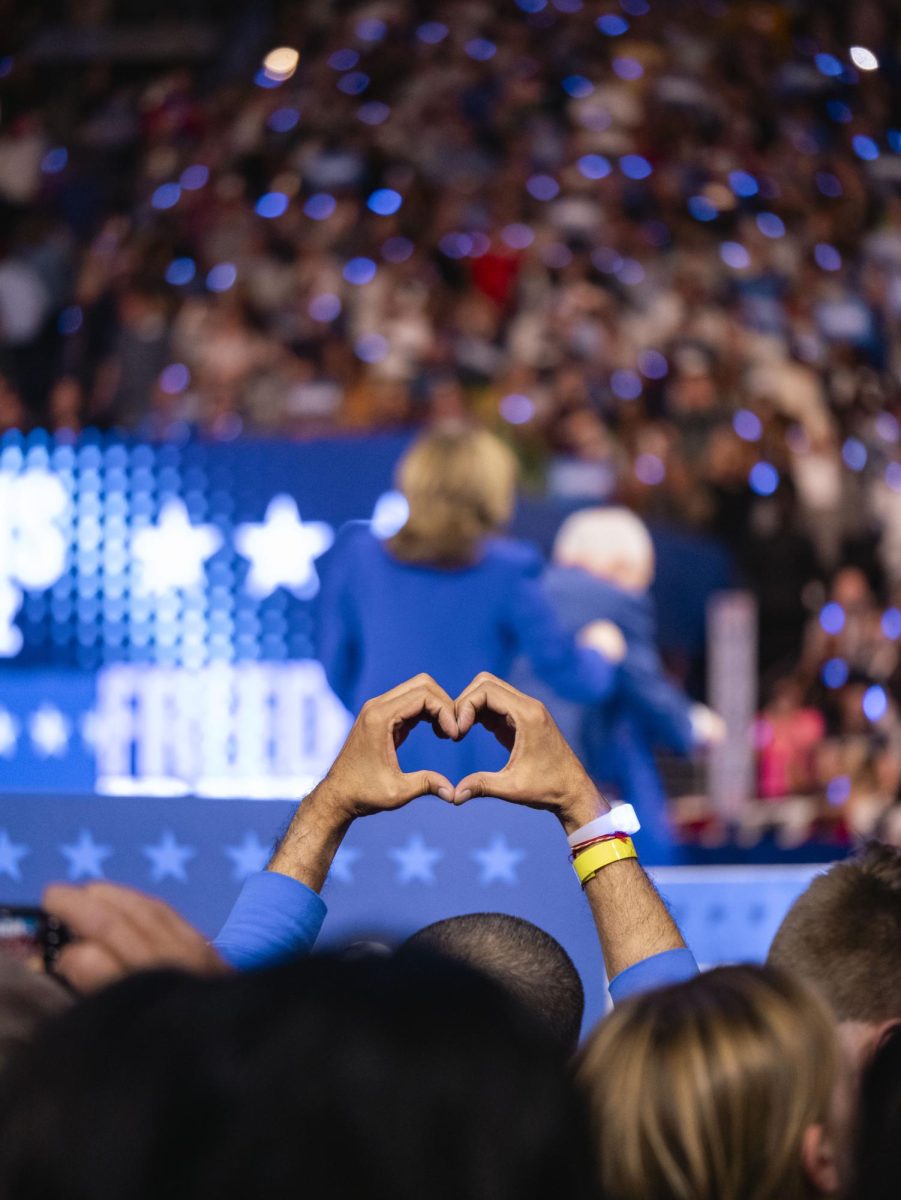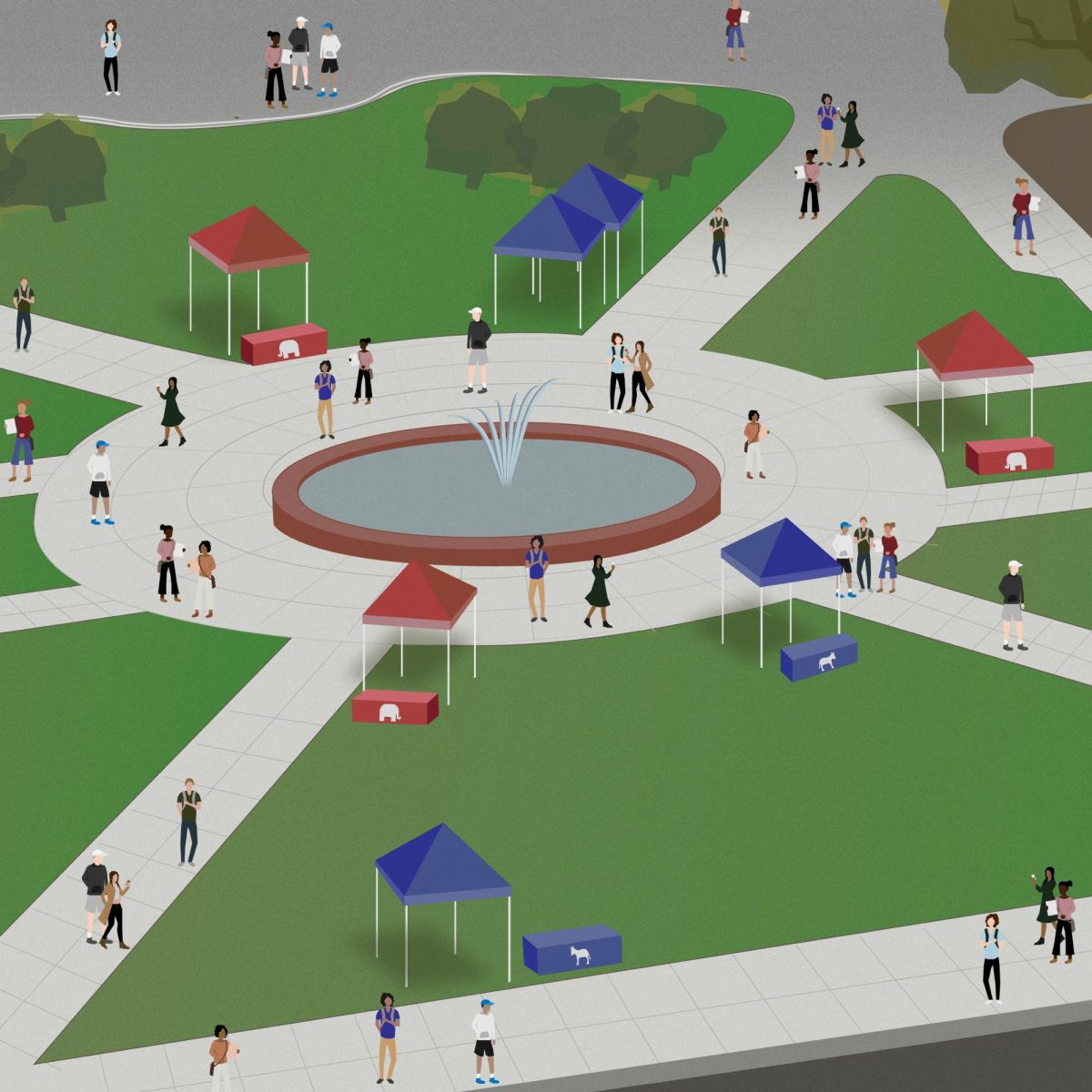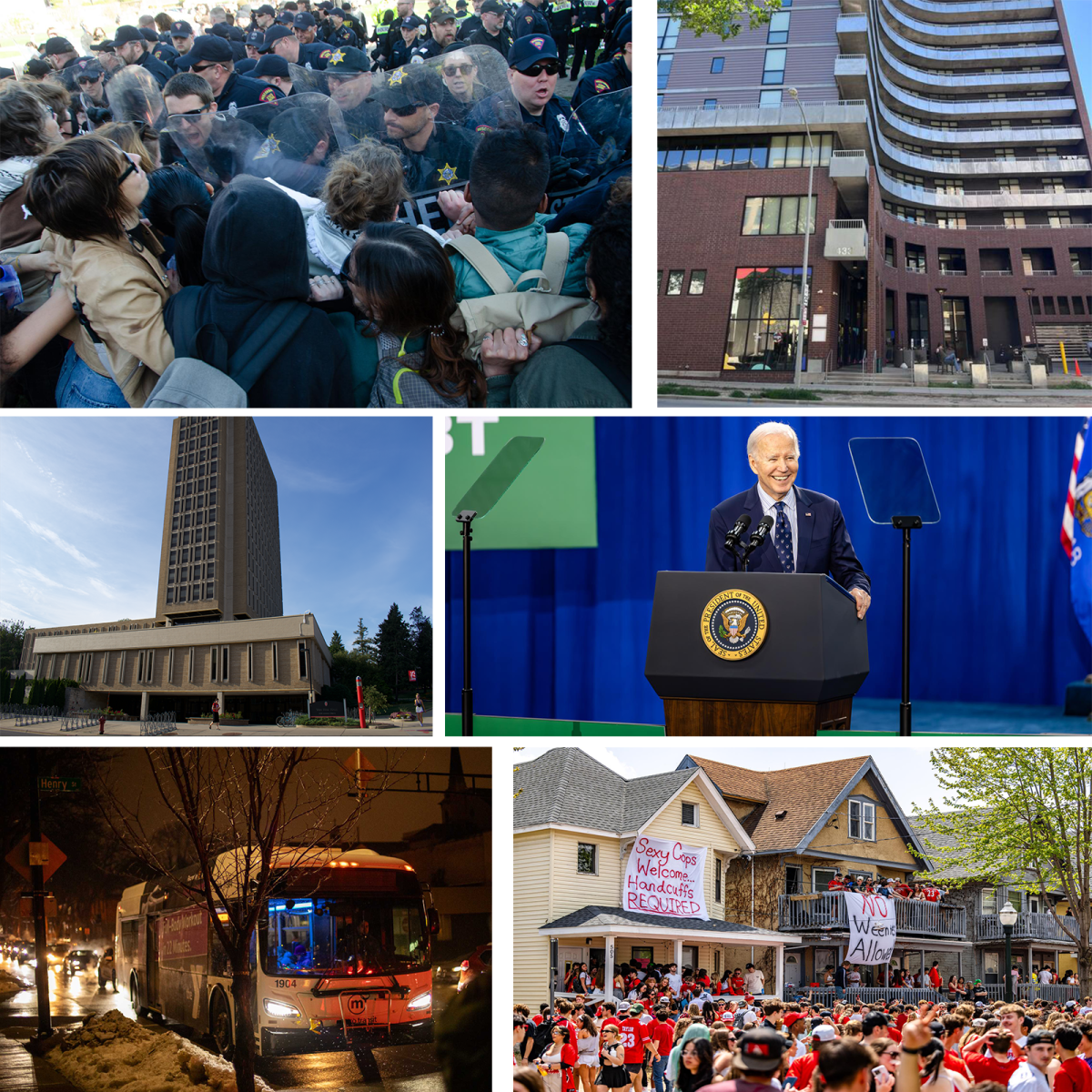“You think you just fell out of a coconut tree?” “Kamala is brat.” “Mr. Vice President, I’m speaking.” For those who have regularly used TikTok or Instagram in the last couple years, these phrases, which have now become memes, will likely be familiar.
The Harris-Walz campaign posted their first TikTok Feb. 11, and now the account has received over 115 million views and four million followers. Much of the campaign’s social media content plays off of the current Gen Z-style of memes and pop culture references.
College Democrats of Wisconsin Chair Matthew Lehner said he thinks the Harris-Walz campaign made a clever and timely decision in adopting young people’s social media trends.
“I think it’s brilliant,” Lehner said. “I think the campaign is very smart to use a lot of that marketing strategy in the very early stages when Joe Biden announced that he was withdrawing from the presidential race and that Kamala was kind of favored in the Democratic Party.”
Since Wisconsin is a swing state, voters there could determine the outcome of the November election, and the Harris-Walz campaign knows that young voters are especially important, Lehner said.
In the past, presidential campaigns used more traditional news outlets to spread political messaging, but now, candidates have had to adapt to new forms of media to reach younger voters, University of Wisconsin Journalism and Mass Communication professor Kathleen Culver said.
“The younger the voter, the more diverse you’re going to have to be with where you’re hitting them,” Culver said. “It’s highly unlikely that you’re going to get a college-aged voter by advertising on the CBS Evening News.”
There is a large population of young eligible voters on TikTok, so it makes sense that the campaign would try to maximize marketing on that platform, Culver said.
About 56% of all U.S. adults ages 18 to 34 use TikTok, and 40% of TikTok users regularly get their news on the app, according to Pew Research Center surveys.
Culver said the Trump-Vance campaign may be avoiding TikTok and Gen Z pop culture because their data suggests younger voters are harder to sway.
Trump has used social media — especially X and Truth Social — quite frequently, but Harris may utilize more pop culture references and social media trends because her policies are targeted for young people, Lehner said.
“I think it just goes to show which party cares about young people and which party cares about burning the votes of young people,” Lehner said.
Lehner also said the Democratic Party has invested a lot of resources into campaigning on college campuses and supporting the policies that young people care about. The Democratic National Committee flew a Harris-Walz campaign banner over a UW football game Sept. 7, according to previous reporting by The Badger Herald.
The Harris-Walz campaign’s goal has always been to attract voters who are least likely to engage with politics — who also happen to be the ones most important to the outcome of elections, according to an email statement from the campaign.
The campaign is leveraging viral and trendy moments online to present political content in an interesting way, according to the campaign.
The campaign establishes credibility through working with trusted messengers — including popular influencers and channels — who can inject the campaign’s content into online spaces that are not traditionally political, according to the campaign.
The campaign also has an all-Gen Z mobilization team that rapidly engages with and replicates key social media trends, according to the campaign. The campaign has also partnered with hundreds of content creators, many of which were invited to the Democratic National Convention in Chicago this August, according to the campaign.
Social media can be an efficient way to spread campaign messaging and humanize a candidate, but, if campaigns rely celebrity culture too much, they could risk over-targeting younger-aged demographics at the expense of older ones, Culver said.
“You [the campaign] may want to gain young voters who are super into ‘brat summer,’ but if I’m a 55-year-old farmer in central Wisconsin, do I need you thinking about brat summer, or do I need you thinking about the price of milk or farm subsidies,” Culver said.
About a third of likely voters say they do not know enough about Harris to decide whether or not to vote for her, so the campaign also needs to present more important information on her policy plans, Culver said.
Still, the campaign’s digital marketing strategy does attempt to incorporate crucial information on the consequences of Trump winning the election and what that would mean for voters, according to the campaign.
According to the campaign, behind the humor and memes, it is working to force a visual contrast in the choice this election between Trump and Harris.








